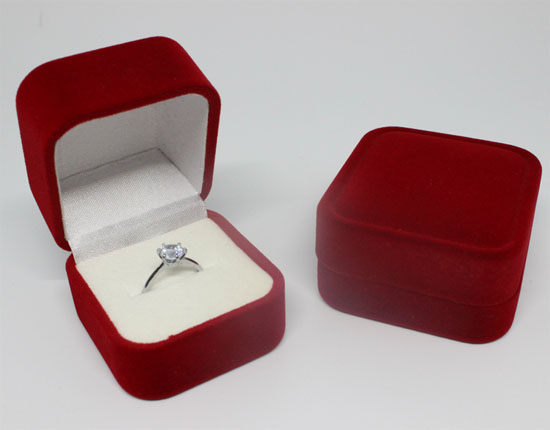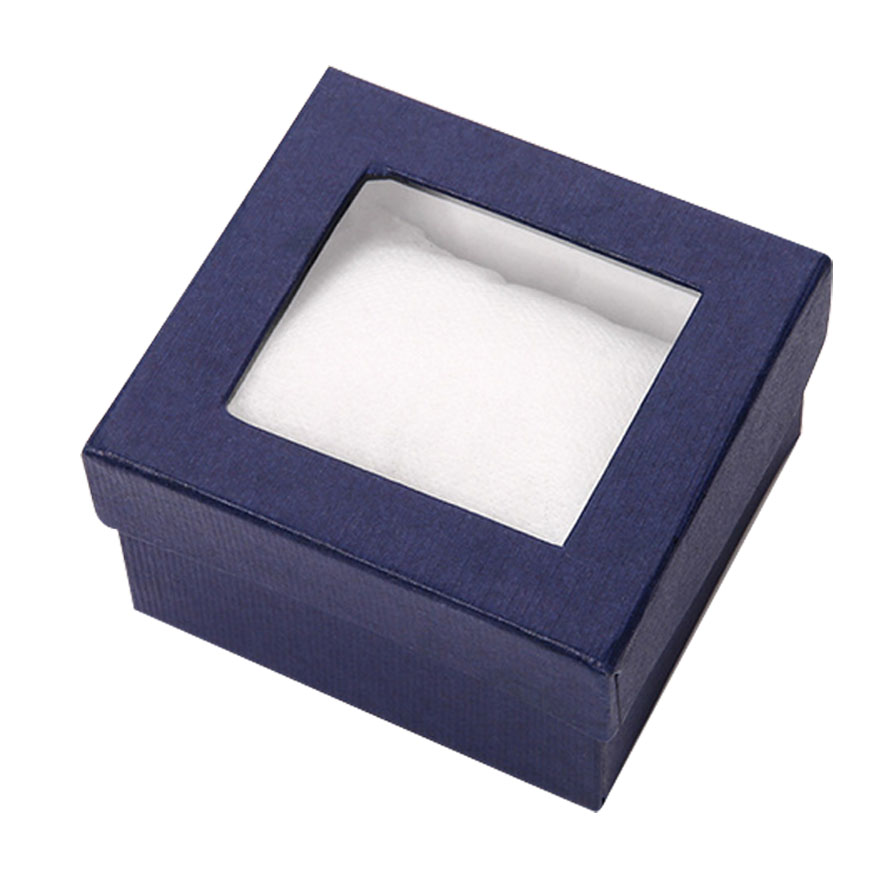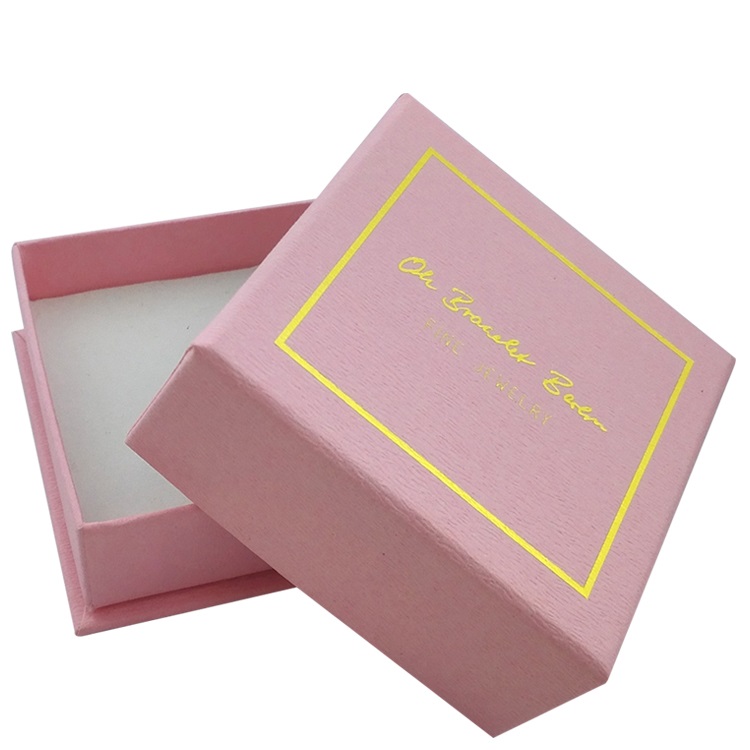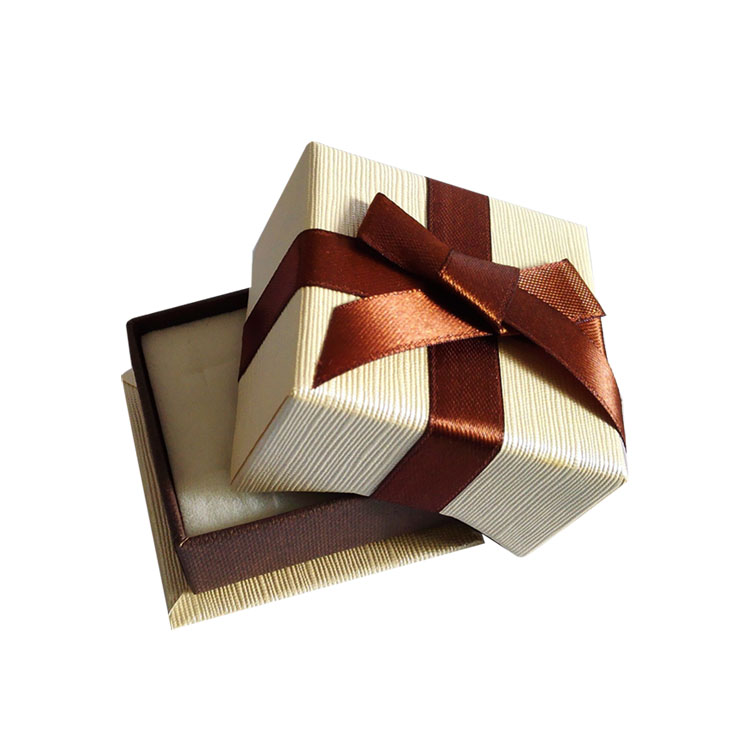Step 1: Open the protective cover of the impression cylinder, and click on the device to expose the impression roller.
Step 2: Use a 5mm Allen key to loosen the screw on the jaw control opening and closing roller, and then use a loose wrench to rotate the roller axis about 60°. At this time, all the molars leave the pad. About 0.05mm.
Step 3: Loosen all the fangs fastening screws so that the dents leave the cusp and clean the dirt on the dentition and the occlusal pad.
Step 4: Rest all the fangs on the tooth pad, tighten the tightening screws of each tooth, and then use a 0.05 mm thick piece of steel between the tooth and the pad to adjust the small spring on the base. Pull the steel sheet so that the steel sheet can be pulled and there is a certain resistance.
Step 5: After adjusting all the cavities, turn the rollers that open and close the tusks back to their original positions and tighten the screws so that all the cavities will have the same amount of force to ensure that the overprint is correct.
In general, most of the offset adjustments for offset presses follow the same pattern. That is to say, a certain structure (printing machine with different structure) is used to make the tooth piece away from the tooth pad at a certain interval, and then the same adjustment is performed on the tooth, so that the average force of each small tooth spring is uniform, and then it is fixed on the shaft of the tooth. The large springs or torsion springs add the same pressure to the tusks. Remember that it is not possible to increase the pressure of the small spring on the cavities. In this way, we can get out of the misunderstanding of the offset axis of the offset press and improve the quality of printed products.



